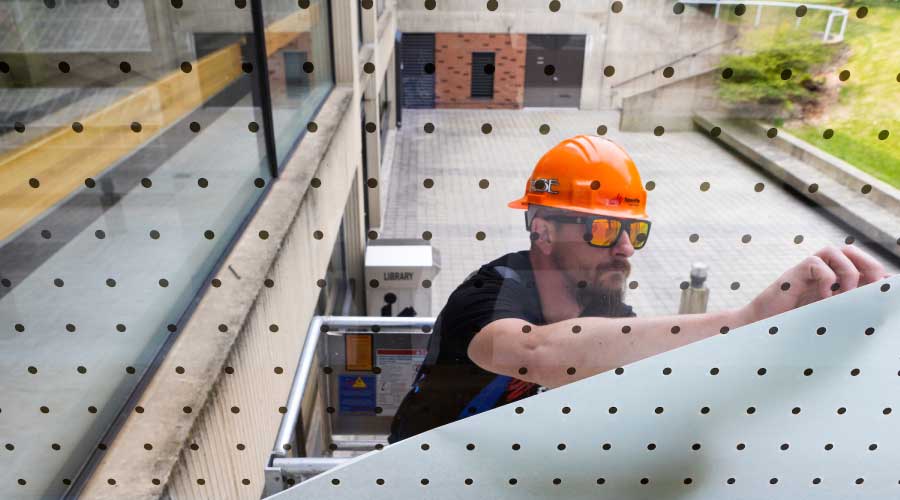Decision Between Repairing, Retrofitting Or Replacing Windows Has Number Of Considerations
Since the onset of the recession, many facility managers have been obliged to rely on "deferred maintenance" strategies to stretch dwindling facility budgets. As a result, capital improvement projects that should have occurred years ago have been on hold, and many building envelope components are failing. When aging windows are neglected, they become a primary source for drafts and water infiltration. If not addressed, these seemingly minor nuisances can lead to bigger problems, including user discomfort, increased energy costs, loss of assets, and costly damage to the building. Facility managers can decide between repairing, retrofitting or replacing windows, but there are a number of considerations involved in that decision.
Even in a tough economy, timely inspection of windows and conservative fiscal planning are indispensable. Knowing the basics of window design, including symptoms of common problems, can reduce overall costs and increase return on investment by providing a foundation for sound decision-making.
Determining whether windows have reached the end of their service life may not be easy. Proper diagnosis starts with a measured investigation. Questions to consider include:
- Isolated or systemic? Is the problem limited to a handful of windows, or do all of the building's windows warrant replacement?
- Evident or concealed? Are the observed problems necessarily related to the windows, or might they originate beyond these assemblies?
- Repair or replace? Do conditions require total window replacement, or can certain components be addressed individually?
Recognizing problems early can extend the life of the window system, allowing facility managers to plan for eventual comprehensive rehabilitation or replacement.
Identifying The Problem
Determining whether to replace windows in entirety, replace individual components, restore existing windows, or address deficiencies beyond the window units is a decision process that requires consideration of the nature and frequency of the problem. An investigation is essential.
One problem is air and water infiltration around windows. As windows age, they may become prone to leaks and drafts. However, infiltration around a window could also be the result of problems beyond the assembly itself. One common source of leaks is deteriorated sealants, which act as primary seals in some window installations. Another issue is missing or incorrectly installed flashings at window perimeters.
Protected by the facade, window assemblies may not manifest problems immediately after installation. Particularly if the building has undergone window replacement within the past few years, facility managers may overlook window perimeter leaks as the source of systemic water infiltration.
Related Topics:












